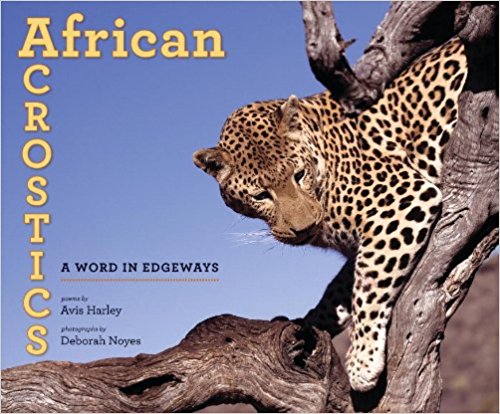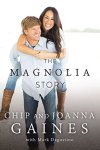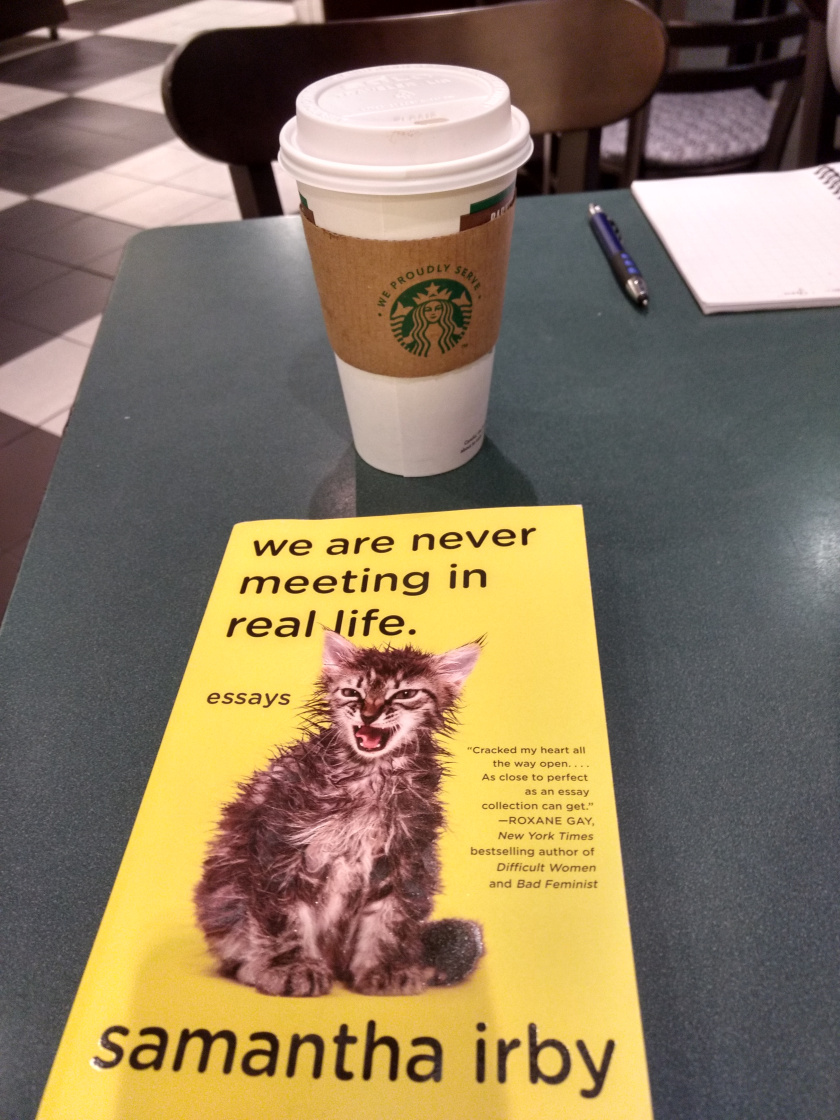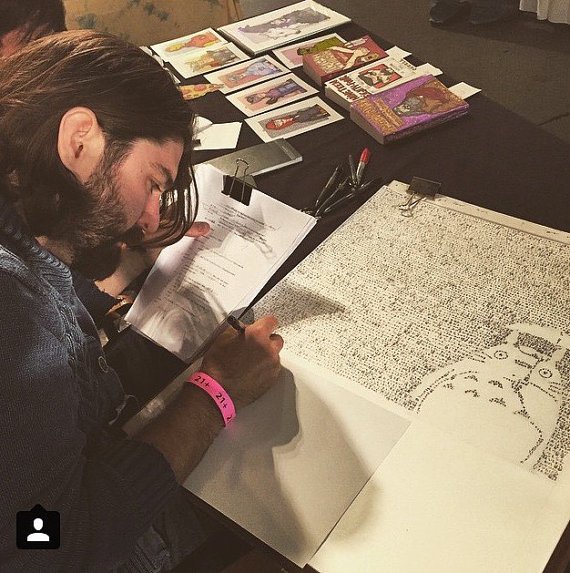The next part of our tour took us along the harbourfront, which is a beautiful area overlooking Lake Ontario. We then headed towards the Distillery District which is a pedestrian-only area, therefore I will need to fill you in on that in a little while once I’ve been there on foot!


Just past the Distillery District we passed the Toronto Star (newspaper) building. This is significant because of some of the people who worked there:
– Joe Shuster, who created Superman,
– Ernest Hemingway. He was apparently quite grumpy when he visited Toronto, which allegedly had something to do with prohibition and his love of alcohol! He was a Foreign Correspondent, so it didn’t sound as though he was in Toronto all the time, but when he was, no drinks for Mr Hemingway!
Here is some information about Ernest’s time at ‘The Star’, as it was known in the day: http://ehto.thestar.com/marks/how-hemingway-came-of-age-at-the-toronto-star
Passing into Old Toronto near St Lawrence Market, one of the first things we came across was an impressive fountain dedicated to dogs. 1 in 4 houses (that’s not including condo’s!) in Toronto has a pet dog!
“Berczy Park, the area behind the Flatiron building on Front Street, has undergone a redesign by acclaimed Montreal-based landscape architect Claude Cormier. Its main feature is a 16-foot-wide three-tier cast-iron fountain, which is designed to attract tourists and delight the 2,000 dogs that visit the park daily.
Twenty-seven dog sculptures surround the fountain and shoot water toward the middle. Modeled on dog figurines, the breeds include Jack Russell terriers, golden retrievers, a giant schnauzer — and many pugs.
The dog sculptures look on at the elusive golden bone.
There’s also one cat that sits by the edge of the water, looking at two little birds. The cat was added because one woman at a community consultation said, “It’s just about dogs; what about cats?” And so a cat was added, proving it’s possible to take on city hall.”
Source: http://m.metronews.ca/#/article/news/toronto/2017/04/24/berczy-park-dog-fountain-calude-cormier.html
 Dog fountain
Dog fountain
Flatiron Building
“The Gooderham Building, also known as the Flatiron Building, is a historic office building at 49 Wellington Street East in Toronto, Ontario, Canada. It is located on the eastern edge of the city’s Financial District(east of Yonge Street) in the St. Lawrence neighbourhood, wedged between Front Street and Wellington Street, where they join up to form a triangular intersection. Completed in 1892, the red-brick edifice was an early example of a prominent flatiron building.”
https://en.m.wikipedia.org/wiki/Gooderham_Building
 Flatiron building Toronto (front view)
Flatiron building Toronto (front view)
 Flatiron building. Photo from the Toronto Guardian
Flatiron building. Photo from the Toronto Guardian
St Lawrence Market
“St. Lawrence Market is a major public market in Toronto, Ontario, Canada. It is located at Front St. East and Jarvis St in the Old Town district of Toronto. There are three buildings in the complex, each having a different purpose. St. Lawrence Market North, on the north side of Front St, hosts weekly farmer’s markets and antique markets. A public market has been held on the north building site since 1803. Several buildings have housed the building, the most recent built in 1968. St. Lawrence Market South, on the south side of Front St, is open daily, hosting food stalls, restaurants and the St. Lawrence Market Gallery. The South building dates to 1845, and has been rebuilt twice, and still incorporates a section of its original building which was used as Toronto City Hall from 1845. St. Lawrence Hall is an event and office building on King at Jarvis, built in 1850″Source: https://en.m.wikipedia.org/wiki/St._Lawrence_Market
 St Lawrence Market – photo from Culinary Adventures Co
St Lawrence Market – photo from Culinary Adventures Co
A bit of history about Toronto:
“Indigenous peoples have travelled through and inhabited the Toronto area, situated on a broad sloping plateau interspersed with rivers, deep ravines, and urban forest, for more than 10,000 years. After the broadly disputed Toronto Purchase, when the Mississaugas surrendered the area to the British Crown, the British established the town of York in 1793, and later designated it as the capital of Upper Canada. During the War of 1812, the town was the site of the Battle of York and suffered heavy damage by U.S. troops. York was renamed and incorporated as the city of Toronto in 1834, and became the capital of the province of Ontario during Canadian Confederation in 1867. The city proper has since expanded past its original borders through both annexation and amalgamation to its current area of 630.2 km2 (243.3 sq mi)”
Source: https://en.m.wikipedia.org/wiki/Toronto
Behind the name…
The name Toronto comes from the Mohawk* word tkaronto, meaning “trees standing in water” — a reference to ancient fishing weirs set up between lakes Simcoe and Couchiching. Over centuries, the name migrated south along a portage route to Lake Ontario.
• Mohawk people: https://en.m.wikipedia.org/wiki/Mohawk_people
Toronto has garnered various nicknames throughout its history. Among the earliest of these was the disparaging Muddy York, used during the settlement’s early growth. At the time, there were no sewers or storm drains, and the streets were unpaved. During rainfall, water would accumulate on the dirt roads, transforming them into often impassable muddy avenues. A more disparaging nickname used by the early residents was Little York, referring to its establishment as a collection of twelve log homes at the mouth of the Don River surrounded by wilderness, and used in comparison to New York City in the United States and York in England. This changed as new settlements and roads were established, extending from the newly established capital.
In his book Naming Canada: Stories about Canadian Place Names, Alan Rayburn states that “no place in Canada has as many sobriquets as Toronto.” Among them are the nicknames:
– “TO” or “T.O.”, from Toronto, Ontario, or from Toronto; pronounced “Tee-Oh”. Sometimes used as T-dot.
– ”The City That Works”, first mentioned in a Harper’s Magazine article written by The Washington Post correspondent Anthony Astrachan in 1975. It refers to the city’s reputation for successful urban planning.
– ”The Big Smoke”, used by Allan Fotheringham, a writer for Maclean’s magazine, who had first heard the term applied by Aboriginal Australians to Australian cities. The Big Smoke was originally a popular nickname for London, England, and is now used to refer to various cities throughout the world.
– ”Hogtown”, said to be related to the livestock that was processed in Toronto, largely by the city’s largest pork processor and packer, the William Davies Company. Possibly derived from the Anglo-Saxon word for York, Eoforwic, which literally translates to “wild boar village”.A by-law which imposed a 10-cent-per-pig fine on anyone allowing pigs to run in the street.
– ”Toronto the Good”, from its history as a bastion of 19th century Victorian morality and coined by mayor William Holmes Howland. An 1898 book by C.S. Clark was titled Of Toronto the Good. A Social Study. The Queen City of Canada As It Is
– ”Hollywood North”, referring to the film industry.
– ”Broadway North”, in reference to the Broadway theatre area in Manhattan. Toronto is home to the world’s third largest English-speaking theatre district after London and NYC.
– ”The 416″, referring to the original telephone area code for much of the city (the other area codes are 647 and 437); the surrounding GTA suburbs, now using area codes 905, 289, and 365, are similarly “the 905″.
– ”The Six” (also written as “The 6” or “The 6ix”) popularized in 2015 by Toronto-born musician, Drake, with his mixtape If You’re Reading This It’s Too Late and 2016 album Views. Drake himself credits Toronto rapper Jimmy Prime with inventing the handle, but it was used by other Toronto rappers in the early 2000s, in songs such as Baby Blue Soundcrew’s “Love ‘Em All”. The usage of the nickname in many of Drake’s songs has since brought it to global attention. While the meaning of the term was initially unclear, Drake clarified in a 2016 interview by Jimmy Fallon on The Tonight Show that it derived from the city’s 416 area code and the six municipalities that amalgamated into the modern City of Toronto in 1998.
Source: https://en.m.wikipedia.org/wiki/Name_of_Toronto
Corktown
This is a residential neighbourhood in Toronto which was settled by Irish escaping the potato famine (largely from County Cork). Some say that the name Corkdown was derived from the presence of distillery, breweries and cork-stopper manufacturers in the vicinity.
When the Irish arrived, many had nothing but found jobs with the local breweries or brickyards. At this time, in order to attend church or school, one had to pay. The Irish were not able to afford this, so they established a school (Enoch Turner School) in 1848. The benefactor was Enoch Turner, a prominent Corktown brewer and one of Toronto’s great philanthropists.
Protestants could not afford the lofty pew rents (yes, you had to pay to pray!) at nearby St. James Cathedral (Anglican) and this led to the building of their own Little Trinity Anglican Church in 1843 on King Street East. Little Trinity Church is Toronto’s oldest surviving church building, its cornerstone laid on July 20, 1843.
At times in the 18th and 19th century, it was legal to duel. Apparently this took place on the grounds of the Porsche dealership on Parliament Street. The humour surrounding the duel is that whilst it was legal to duel, in a duel one person would be killed and as murder was illegal, the person who survived would end up being punished in any case!
Wikipedia states the following:
1817: John Ridout, 18, was shot dead on July 12, 1817 at the corner of what is now Bay St. and Grosvenor St. in Toronto by Samuel Peters Jarvis, 25. The reason for the duel was unclear. On the count of two, the nervous Ridout discharged his pistol early, missing Jarvis by a wide margin. Ridout’s second, James Small (whose father survived the only other duel in York) and Jarvis’ second, Henry John Boulton insisted that Jarvis be allowed to make his shot. Ridout protested loudly and asked for another pistol, but Small and Boulton were adamant that the strict code of duelling must be observed. Jarvis shot and killed Ridout instantly. Jarvis was pardoned by the courts, even though he had shot an unarmed man.
 Enoch Turner School
Enoch Turner School
 Little Trinity Anglican Church Toronto
Little Trinity Anglican Church Toronto
Great fires of Toronto
Toronto has a rather bad history in respect to fires. In 1849, it is believed that after a few whiskeys Mr. X flicked his cigar away, to discard it, accidentally flicking it into a pile of hay. Things escalated quickly and the fire quickly spread throughout city.”The fire was discovered at 1 a.m. in the rear of Graham’s Tavern on the north-east side of King Street and Nelson Street (Jarvis Street) at George, behind Post’s Tavern. The fire consumed Post’s Tavern then burned through the outbuildings north to Duke Street. The fire spread through the whole block, destroying the Home District Saving Bank and frame buildings to the east on King Street. At this point, a south-easterly wind had come up. The fire was blown across Nelson Street to Rolf’s Tavern and consumed all of the buildings of the Market Block south of Duke Street (Adelaide Street) in the block bounded by King Street East, Nelson, Duke and the north-south back lane east of Church streets. At 3 a.m., the spire of the first St. James Cathedral at Church Street (the tallest spire in all of Canada) caught fire and the cathedral was soon destroyed. The fire spread to the south side of King Street and the ‘old’ (1831) Toronto City Hall and market building. It damaged most buildings on the east side of Nelson. At its height, the fire was visible from across Lake Ontario in St. Catharines.”
Source: https://en.wikipedia.org/wiki/Great_Fire_of_Toronto_(1849)
Following this fire, a ‘two bucket’ policy was implemented, which required all residents to always keep two full buckets of water at their front door in order to expediently extinguish a fire.
This, however, did not manage to help 55 years later when “The Great Fire of Toronto of 1904” as no-one had thought about how in the Winters the water in the buckets would freeze! Well, this is what the tour guide said, but I think there was a bit more to the story. The Great Fire of 1904 caused CAD$10,387,000 in damage and spread across 20 acres. The fire could be seen all the way from Buffalo, New York. At the time the city had 200,000 inhabitants and 5,000 people were out of work following this event.
The King Edward Hotel
Notable dignitaries and luminaries housed in the hotel have included:
– Mark Twain
– Rudolph Valentino
– Louis Armstrong
– Elvis Presley
– Margaret Thatcher
– Britney Spears,
– Ernest Hemingway who had lived in the hotel for a period.
– The Beatles stayed at the hotel’s royal suite during their first visit to Toronto, in 1964, and caused the hotel’s biggest commotion to date (CAD$100,000 in damages), when 3,000 fans packed the streets and flooded the lobby.
– In 1969, John Lennon and Yoko Ono stayed in the same royal suite a day before their bed-in for peace began.
– In February 1964, “moralists picketed” when Liz Taylor and Richard Burton stayed in a suite together. Yhey were not married to one another at the time, causing a scandal.
The hotel apparently now has a ‘no boy-band’ policy!
 King Edward Hotel Toronto
King Edward Hotel Toronto
Filming in Toronto
One of my all-time favourite shows, “Suits”, is filmed in Toronto at the Bay Adelaide Centre. It is set in New York, but as with many other shows or movies, it is less expensive to film in Toronto than New York.
Movies that have been filmed in Toronto Iwhich I like!) include:-
Orphan (2009)
Good Will Hunting (1997)
Billy Madison (1994)
X-Men (2000)
The Time Traveller’s Wife (2009)
The Incredible Hulk (2008)
Suicide Squad (2016)
Chicago (2002)
American Psycho (2000)
At the moment, filming is currently taking place in Toronto of the following movies and tv shows!!
– Suits Season 7;
– Good Witch Season 4 (this is a guilty pleasure – a bit like Gilmore Girls);
– The Handmaid’s Tale Season 2
– Designated Survivor Season 2
 Big trucks everywhere! Toronto
Big trucks everywhere! Toronto
 Yonge-Dundas Square. Toronto
Yonge-Dundas Square. Toronto
 Toronto
Share this:
Toronto
Share this:




